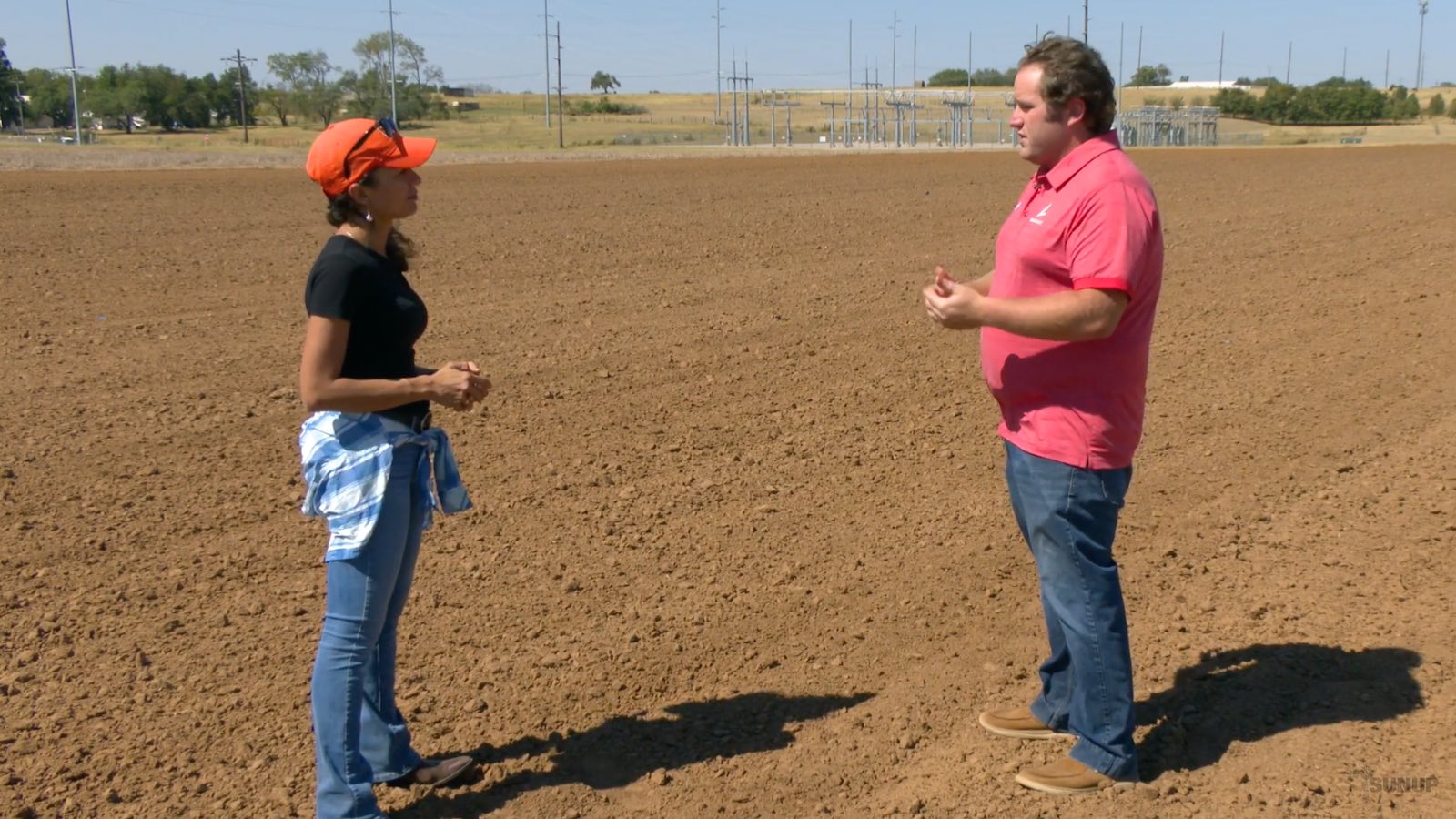September 2021 was the fifth warmest for that month in contiguous U.S. records going back to 1895, according to NOAA’s National Centers for Environmental Information. The mild September follows what was the hottest summer on record for the contiguous U.S. (the 48 continental states excluding Alaska and Hawaii). The four-month period from June to September ranks as the warmest on record, according to NCEI.
The 48-state average temperature for September, 67.84°F, was nearly 3°F above the 20th-century average of 64.68°F. The only Septembers that came in warmer than September 2022 were in 1998, 2015, 2019, and 1921.
Once again, the warmth was concentrated in the West and Northeast. No state had its warmest September on record, but all were near or above average. A total of 13 states had a top-ten warmest September, all either west of the Mississippi or in New England. Relatively cool daytime highs and mild nights helped give most of the Southeast near-average temperatures for the month.
Precipitation was again a mixed bag across the contiguous U.S. in September. As a whole, the nation was slightly drier than average, with the closing few days of the month especially arid. However, only one state (Oklahoma) had a top-ten-driest September. It was unusually wet across the Southeast; Over the Northeast, the destructive rains associated with ex-Hurricane Ida across that region on September 1 helped produce a top-ten wettest September for Connecticut, Massachusetts, Maine, Pennsylvania, and Rhode Island.
Drought’s arid tentacles are still enveloping the western U.S.
According to the weekly U.S. Drought Monitor, while the percentage of the nation in extreme to exceptional drought has dropped very slightly—from 24 percent on August 31 to 23 percent on October 5—the percentage experiencing abnormal dryness or drought at any level has jumped from 56 to 62 percent. The vast majority of the affected areas are west of the Mississippi.
The seasonal U.S. drought outlook issued by NOAA on September 30 shows drought developing or persisting through the end of the year throughout most of the western U.S. and Great Plains. The La Niña event expected from late 2021 into 2022 will likely intensify drought across the Southwest and Southern Plains, though it could bring some relief to the Pacific Northwest.
Some coastal flooding on tap this weekend from Carolinas to Delmarva
Unusually high astronomical tides associated with the new moon of October 6 and the lunar perigee (the moon’s closest approach of the year to Earth) will team up with a pesky offshore disturbance to produce high water along parts of the mid-Atlantic coast this weekend into early next week. See our post of October 4 for more details on the king-tide phenomenon and how climate change is making such flooding more intense over time.
The offshore disturbance, named 92L by the National Hurricane Center (NHC), has been drifting northwest from the Bahamas through the week but hasn’t yet organized in any dramatic fashion, as strong westerly shear has pushed showers and thunderstorms east of the elongated low associated with the disturbance. Meanwhile, a weak upper-level low and associated front meandering over the Southeast this week is helping to spawn heavy showers and thunderstorms close to the Southeast coast.
The 2 p.m. Friday tropical weather discussion from NHC gives 30% odds on the chance of 92L’s becoming at least a tropical or subtropical depression through Wednesday, and 30% odds through the following Sunday.
Regardless of whether 92L develops, it will continue to push easterly flow onshore, especially from the Carolinas to the Delmarva Peninsula, and there may be some interaction over time between 92L and the upper low over the Southeast. As a result, mild to occasionally moderate coastal flooding can be expected into early next week.
A potentially serious hurricane threat taking shape for west coast of Mexico
A new disturbance dubbed 91E off the west coast of Mexico may organize into a potent hurricane with the potential to make landfall toward the middle of next week. As evident in the 18Z Friday run of the SHIPS model, 91E will have a favorable environment for strengthening over the next several days, with light to moderate wind shear (5 to 10 knots), a moist mid-level atmosphere (relative humidity 65-70 percent), and sea surface temperatures along the track of 91E warming from 28 to 30 degrees Celsius (82°F to 86°F).
The 2 p.m. tropical weather outlook from NHC gives this system a 70 percent chance of development through Sunday and a 90 percent chance through Tuesday.
The 06Z and 12Z Friday runs of the GFS model both develop 91E into a Category 3 hurricane early next week. In these runs, the storm is projected to make landfall Wednesday or Thursday somewhere on the coast of Jalisco or Nayarit states, which include the Puerto Vallarta area. It is too soon to be specific about the ultimate intensity and track until a tropical cyclone has formed and we have more extensive model guidance, but the setup at hand should prompt residents to keep a close eye on the potential threat.
Jeff Masters contributed to this post.
Curious about “solar radiation management” and “carbon dioxide removal”? See Bob Henson’s new YCC explainer, “What is geoengineering? … and why it’s a ‘break glass’ plan,” which went live on Friday.
Website visitors can comment on “Eye on the Storm” posts. Comments are generally open for 30 days from date posted. Sign up to receive email announcements of new postings here. Twitter: @DrJeffMasters and @bhensonweather
Source link


